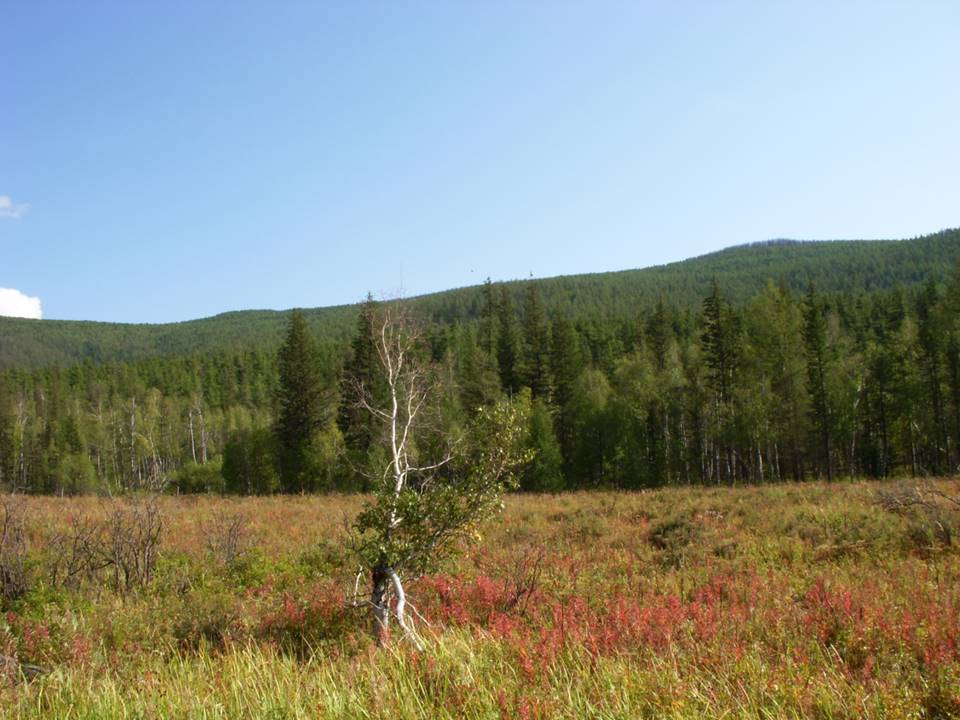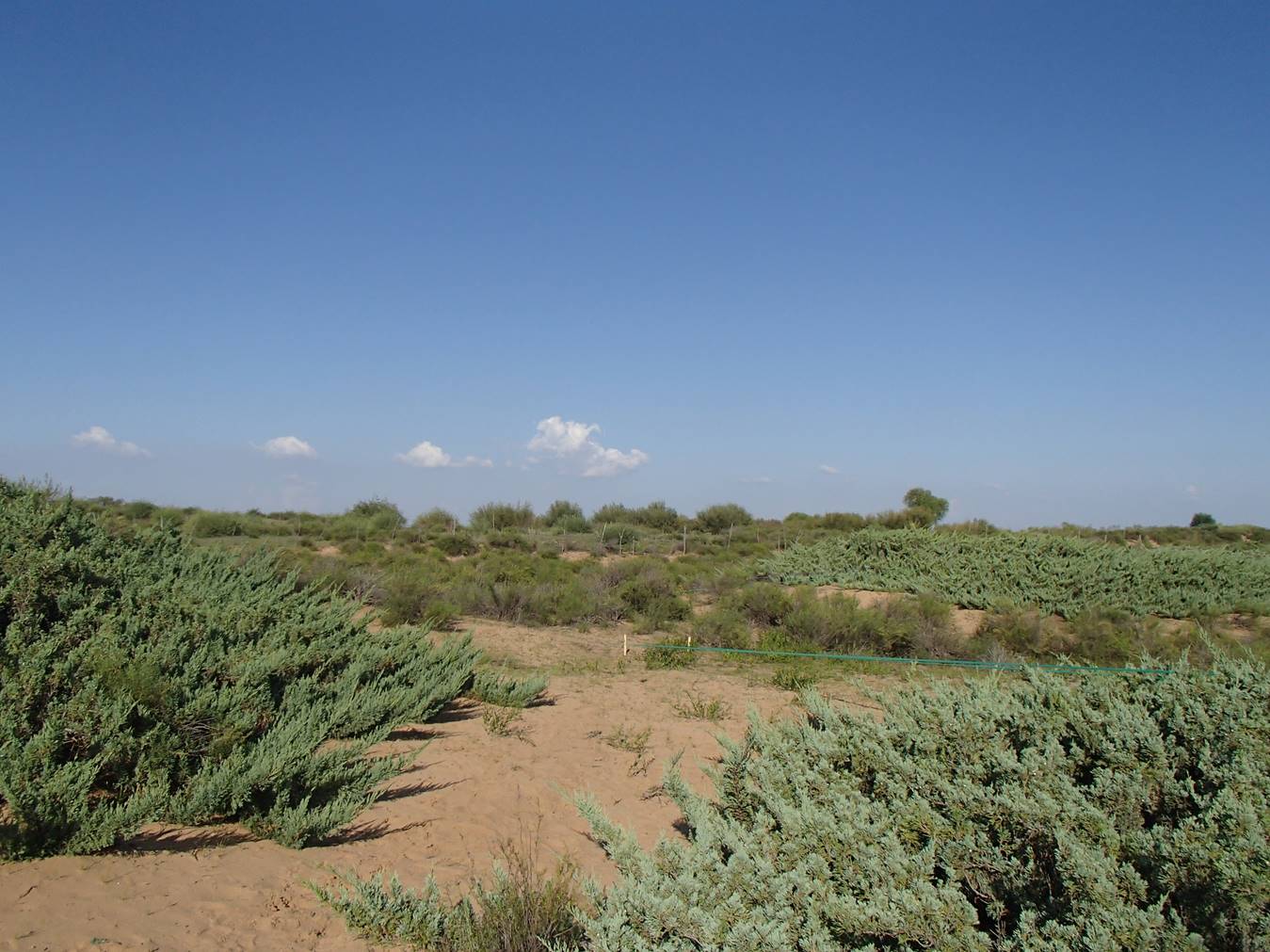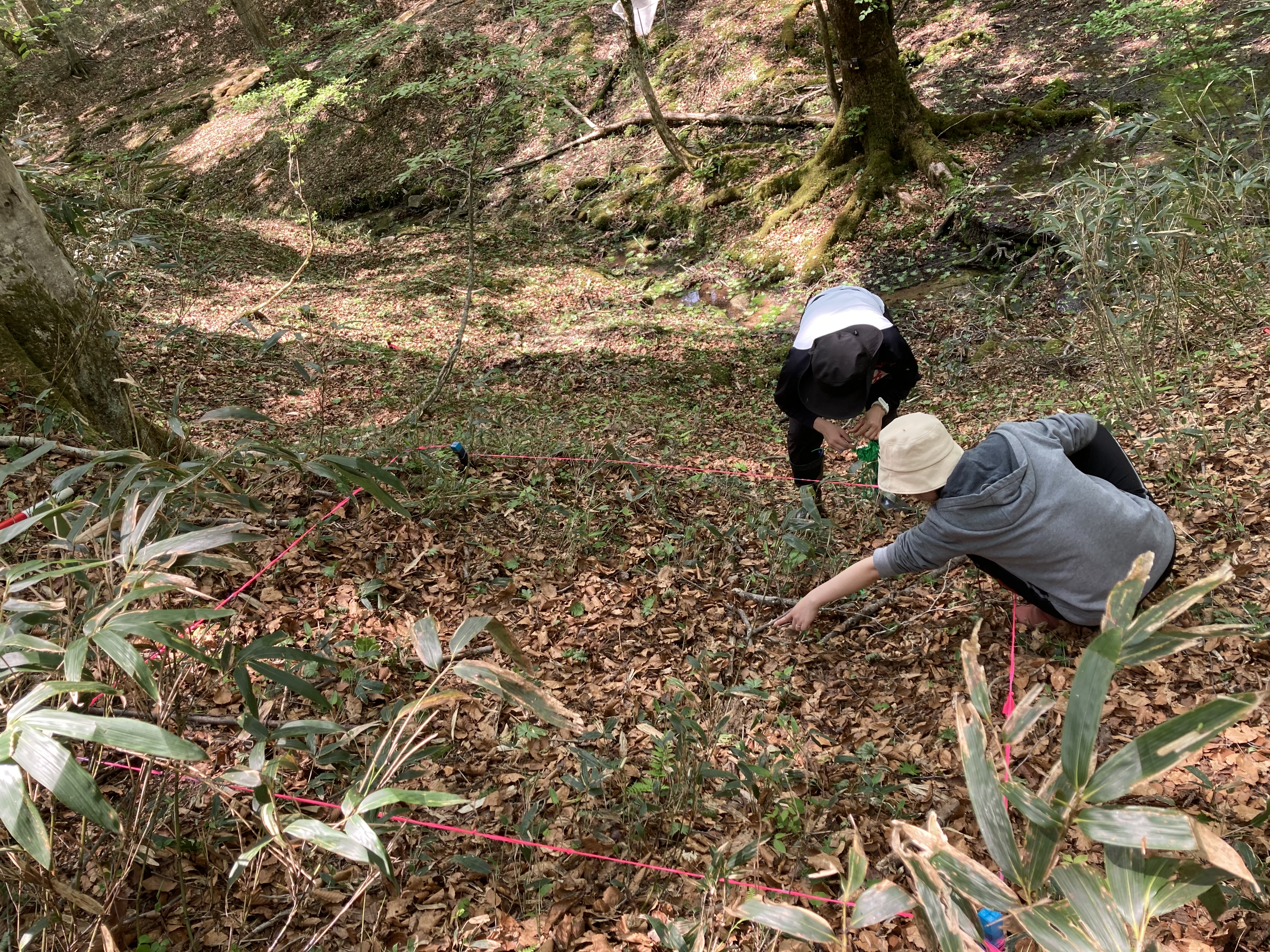Physiological Plant Ecology
Ecological analysis of forest maintenance mechanism and physiological analysis of water use and matter production by tree species
Staff
Research Topics
The stand structure and dynamics of forests are researched to demonstrate the mechanism of regeneration in forests. The eco-physiological characteristics of invasion, establishment, survival, and growth in relationship to whole-plant water use and matter production of tree species are analyzed to determine the strategies of different species. Based on these research results, an optimal model in the management of forests is constructed for the sustainable conservation of the forests.
Stand dynamics in forest vegetation
Water use characteristics in woody species
Reproductive response of tree species under global environmental change
Publication List
- Sakamoto K, Tomonari M, Ariya U, Nakagiri E, Matsumoto TK, Akaji Y, Otoda T, Hirobe M, Nachin B (2021) Effects of large-scale forest fire followed by illegal logging on the regeneration of boreal forests in Mongolia. Landscape and Ecological Engineering 17: 267 - 279. DOI: 10.1007/s11355-021-00457-8
- Dinh TT, Kajikawa C, Akaji Y, Yamada K, Matsumoto TK, Makimoto T, Miki NH, Hirobe, M, Sakamoto K (2019) Stump sprout dynamics of Quercus serrata Thumb. and Q. acutissima Carruth. four years after cutting in an abandoned coppice forest in western Japan. Forest Ecology and Management, 435: 45-56. DOI: 10.1016/j.foreco.2018.12.034
- Ohte N, Miki NH, Matsuo N, Yang L, Hirobe M, Yamanaka N, Ishii Y, Tanaka-Oda A, Shimizu M, Zhang G, Sakamoto K, Wang L, Yoshikawa K (2021) Life history of Juniperus sabina L. adapted to the sand shifting environment in the Mu Us Sandy Land, China: A review. Landscape and Ecological Engineering, 17: 281–294. DOI: 10.1007/s11355-021-00453-y
- Ogasa MY, Yazaki K, Utsumi Y, Miki NH, Fukuda K (2019) Stump sprout dynamics of Quercus serrata Thunb. and Q. acutissima Carruth. four years after cutting in an abandoned coppice forest in western Japan. Tree Physiology, 39(10): 1685-1695. DOI: 10.1093/treephys/tpz072
- Miki NH, Sato K, Aoki M, Yang L, Matsuo N, Zhang G, Wang L, Yoshikawa K (2018) Water movement via adventitious roots of the prostrate shrub Juniperus sabina in semiarid areas of China. Acta Horticulturae, 1222: 137-146. DOI: 10.17660/ActaHortic.2018.1222.19
- Miki NH, Sasaki S, Yang L, Ogasa MY (2017) Effects of soil nutrient conditions on water transport properties and recovery from severe drought stress in Pinus densiflora saplings. Journal of Forest Research, 22: 177-184. DOI: 10.1080/13416979.2017.1320207
- Matsumoto TK, Hirobe M, Sueyoshi M, Miyazaki Y (2021) Selective pollination by fungus gnats potentially functions as an alternative reproductive isolation among five Arisaema species. Annals of Botany 127: 633-644. DOI: https://doi.org/10.1093/aob/mcaa204
- Kramer RD, Ishii HR, Carter KR, Miyazaki Y, Cavaleri MA, Araki MG, Azuma WA, Inoue Y, Hara C. (2020) Predicting effects of climate change on productivity and persistence of forest trees. Ecological Research 35: 562-574. DOI: https://doi.org/10.1111/1440-1703.12127
- Matsumoto TK, Miyazaki Y, Sueyoshi M, Senda Y, Yamada K, Hirobe M (2019) Pre-pollination isolating barriers between two sympatric Arisaema species in northern Shikoku Island, Japan. American Journal of Botany 106:1612-1621. DOI: 10.1002/ajb2.1389
- Katsuhara KR, Nakahama N, Komura T, Kato M, Miyazaki Y, Isagi Y, Ito M, Ushimaru A (2019) Development of microsatellite markers for the annual andromonoecious herb Commelina communis f. ciliata (Commelinaceae). Genes & Genetics Systems 94:133-138. DOI: https://doi.org/10.1266/ggs.18-00058



